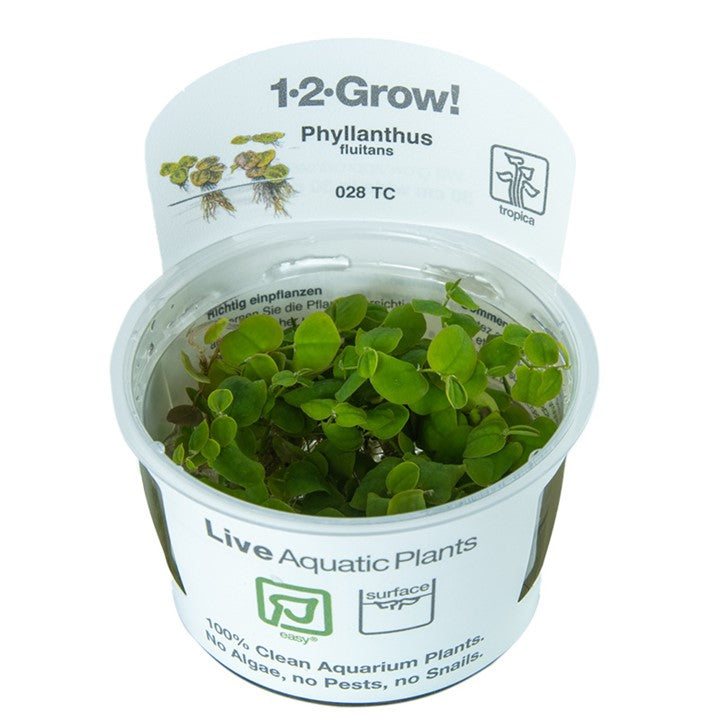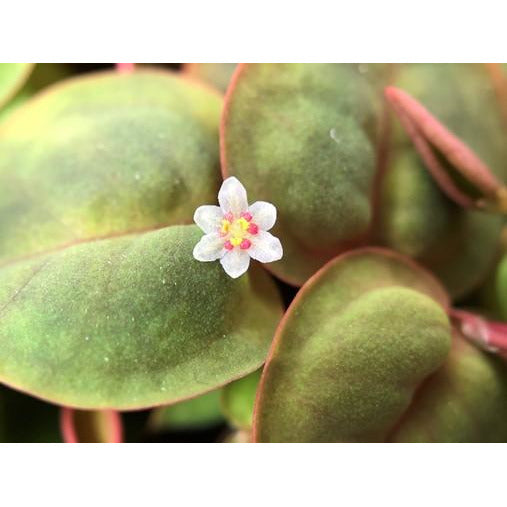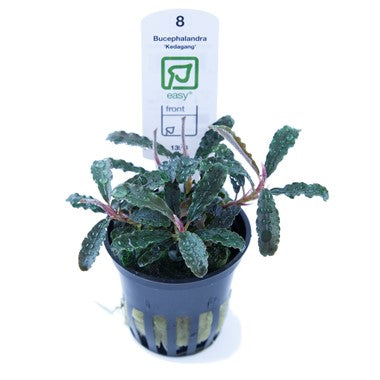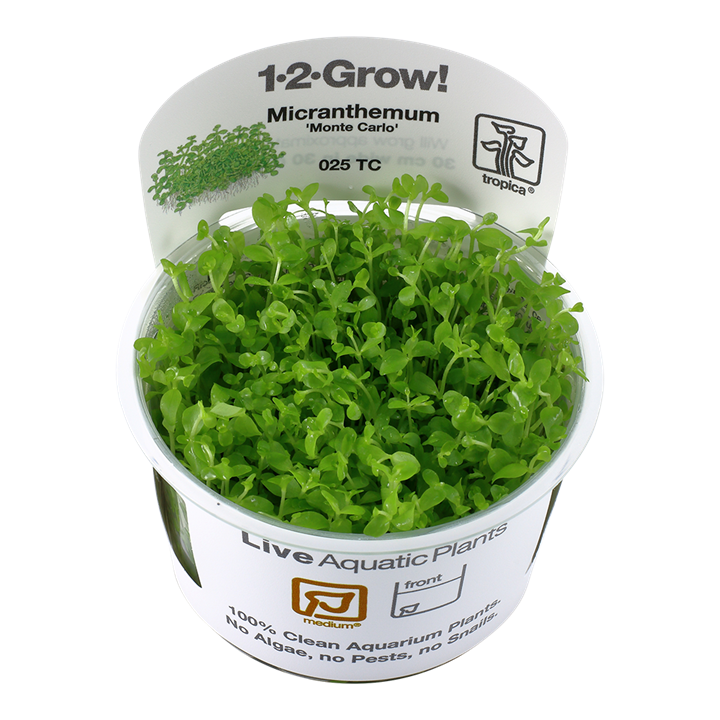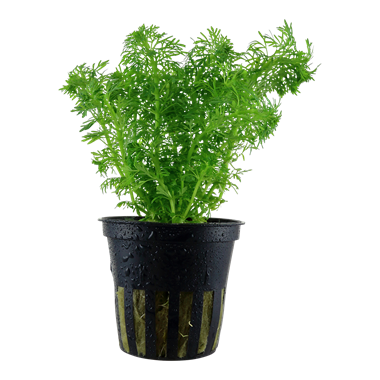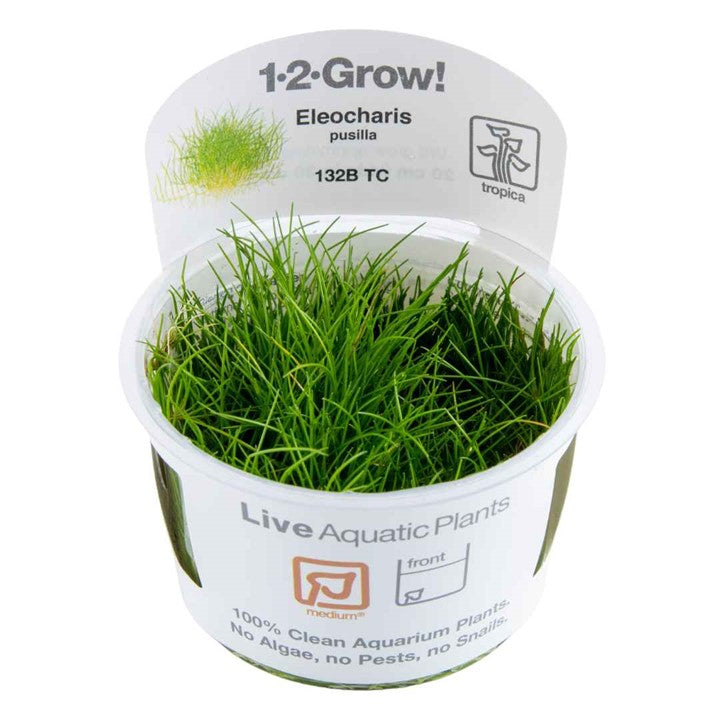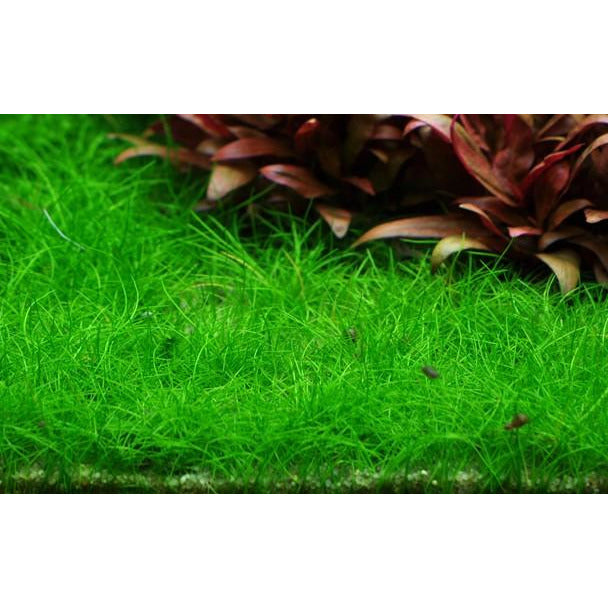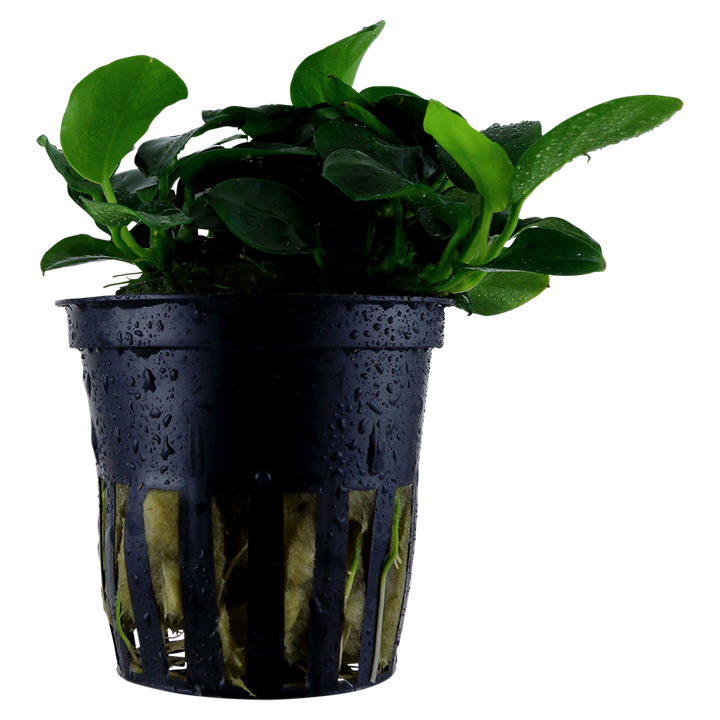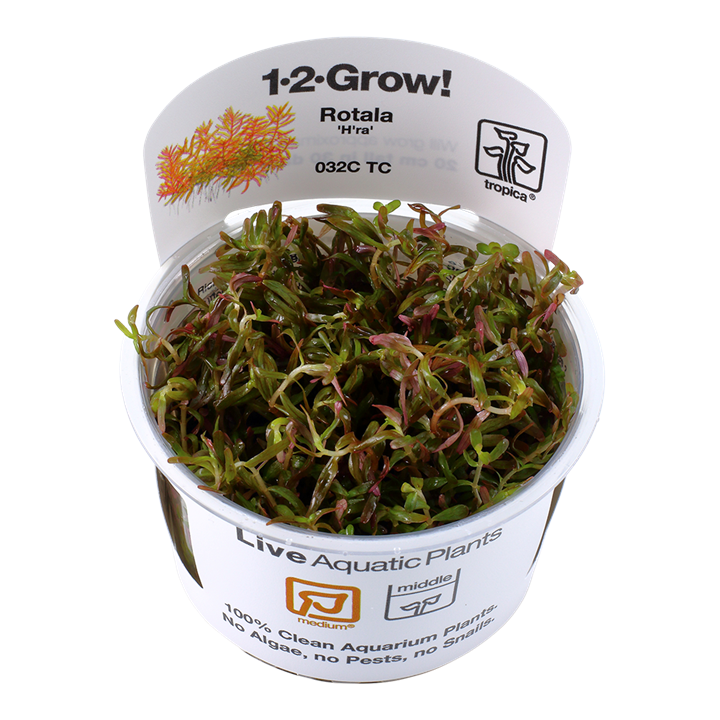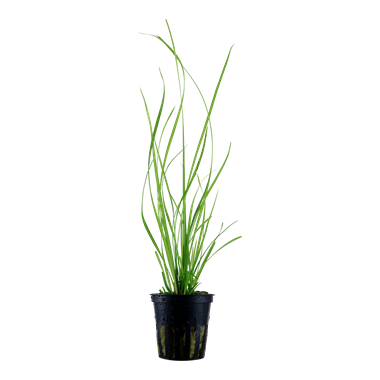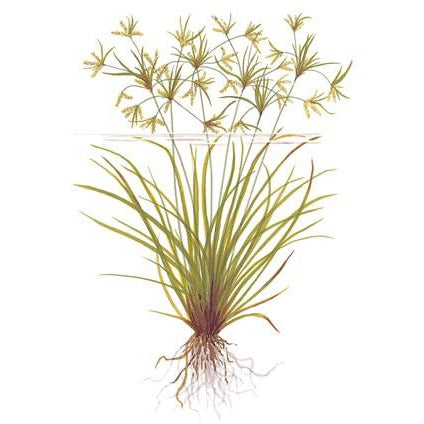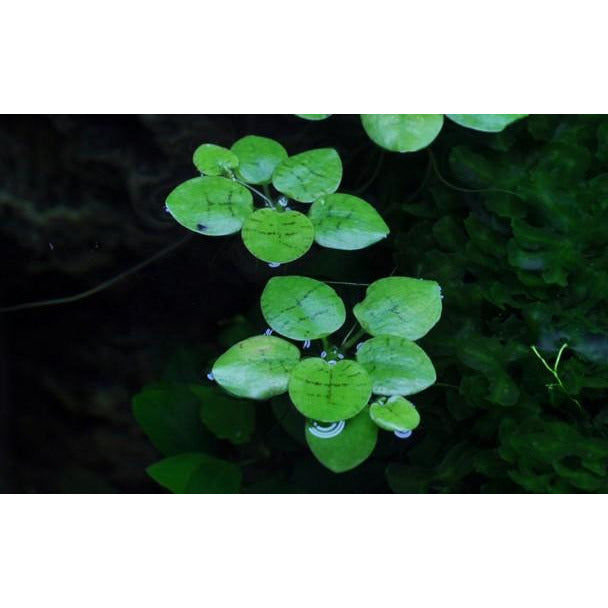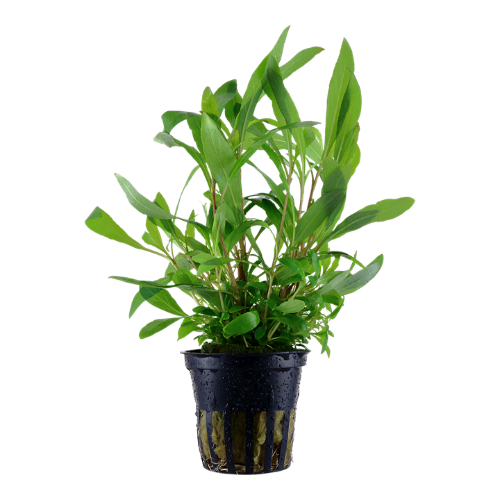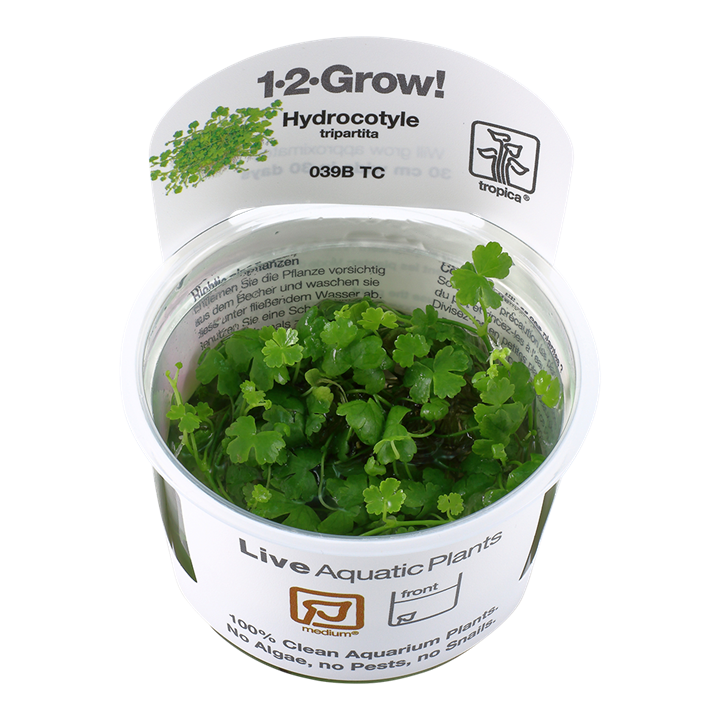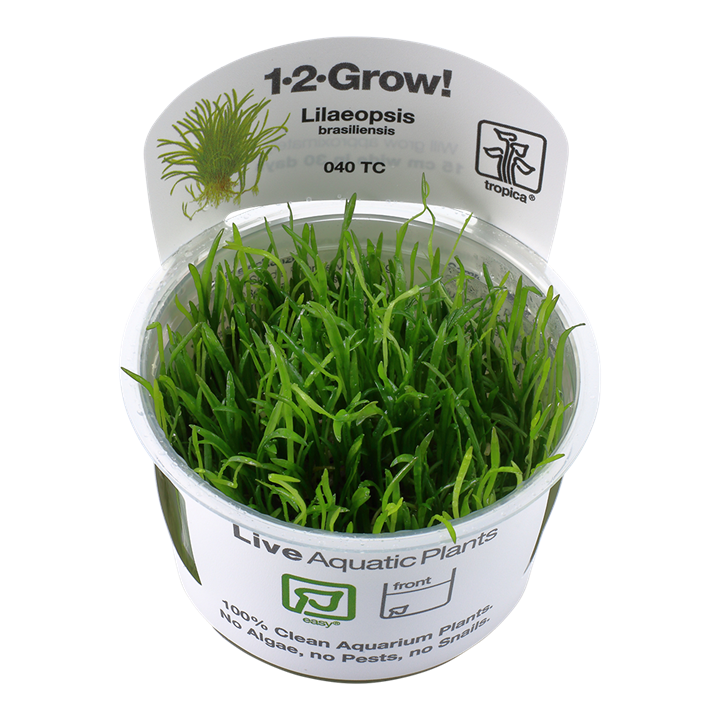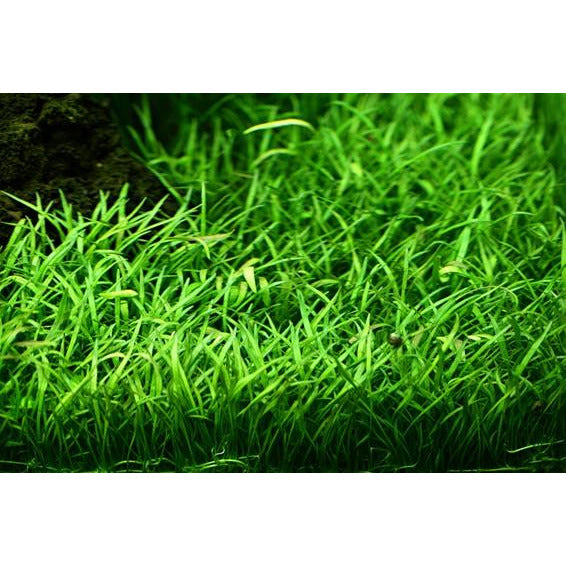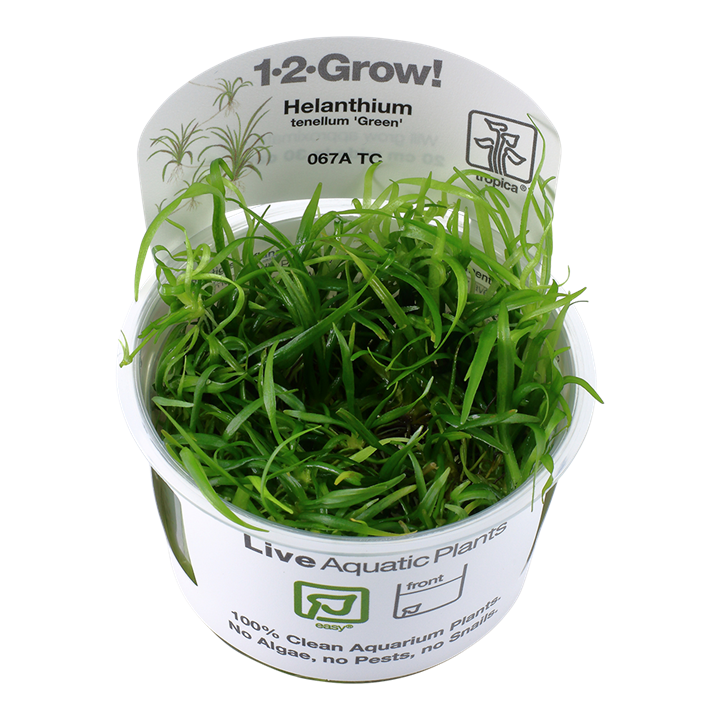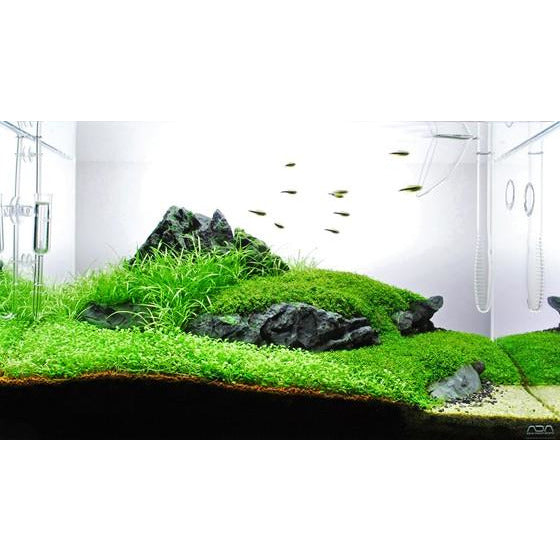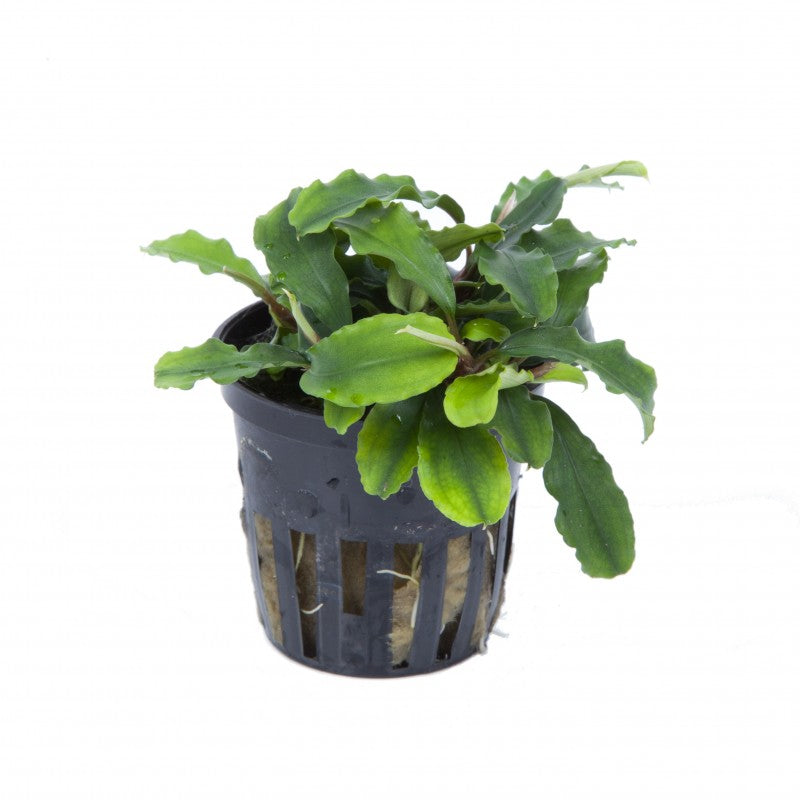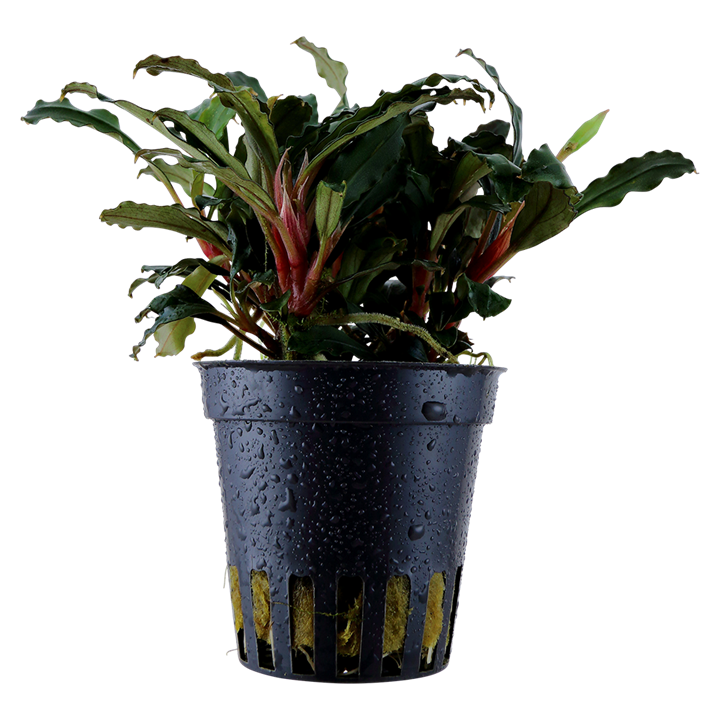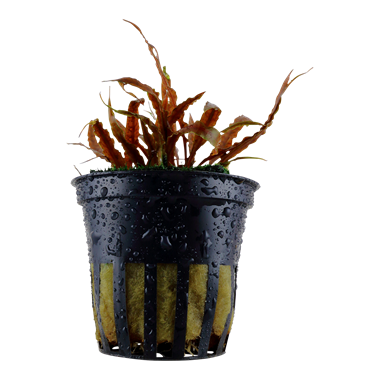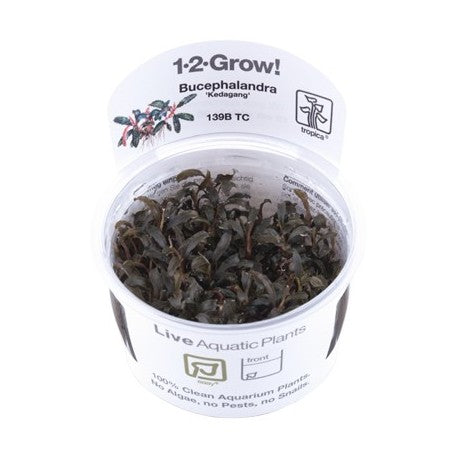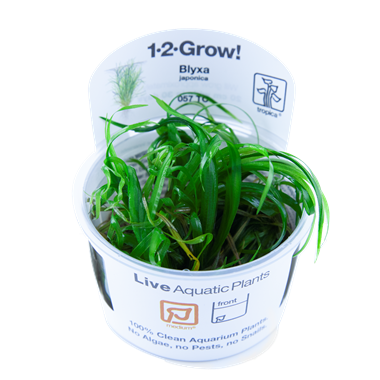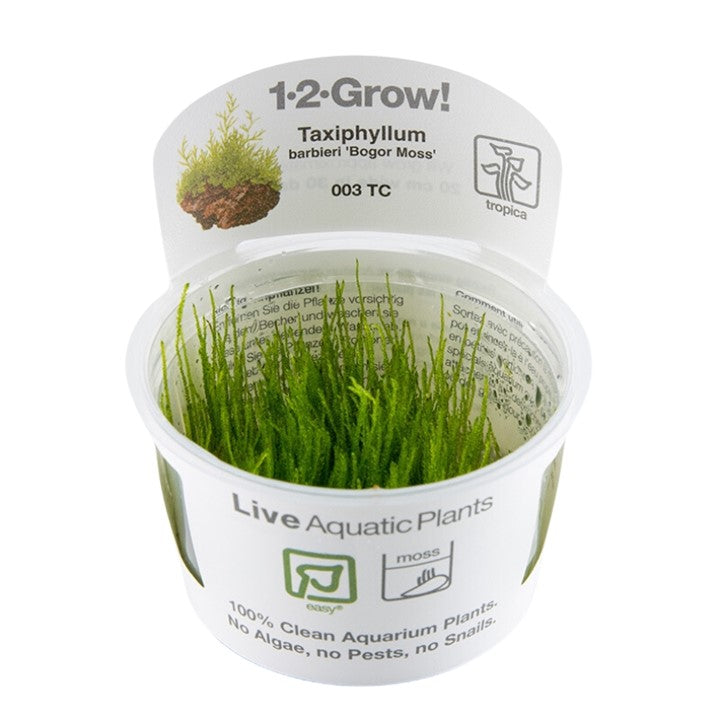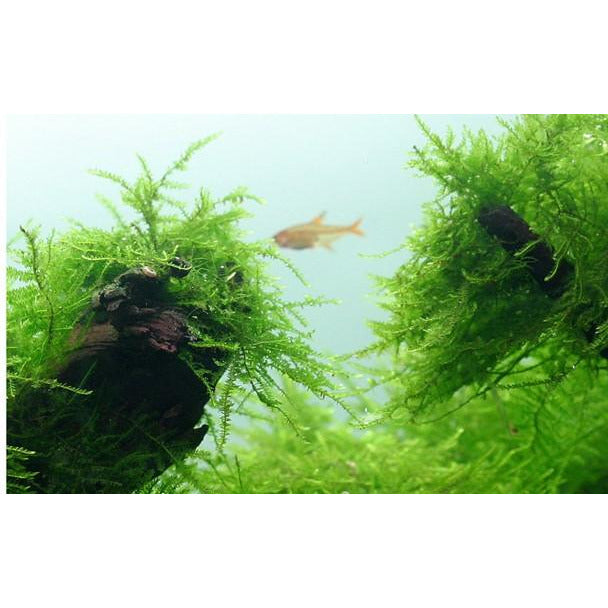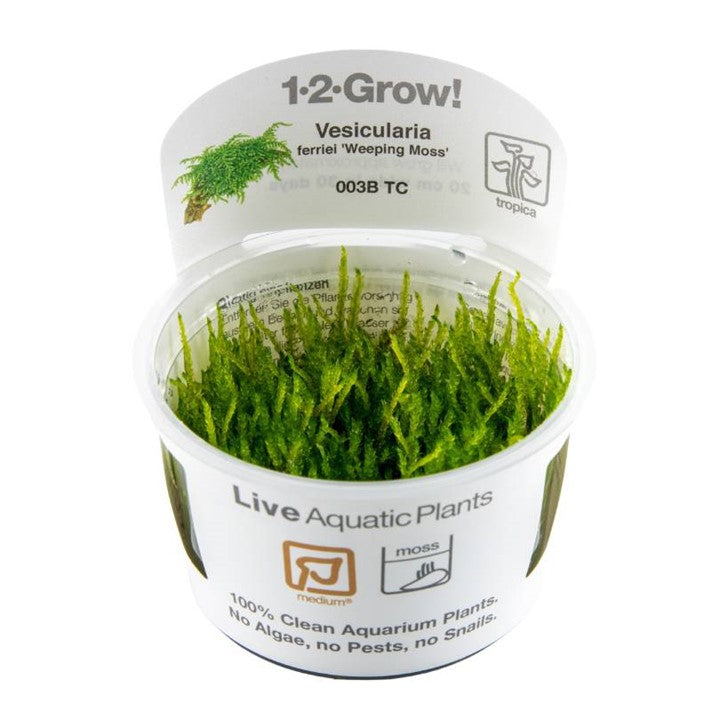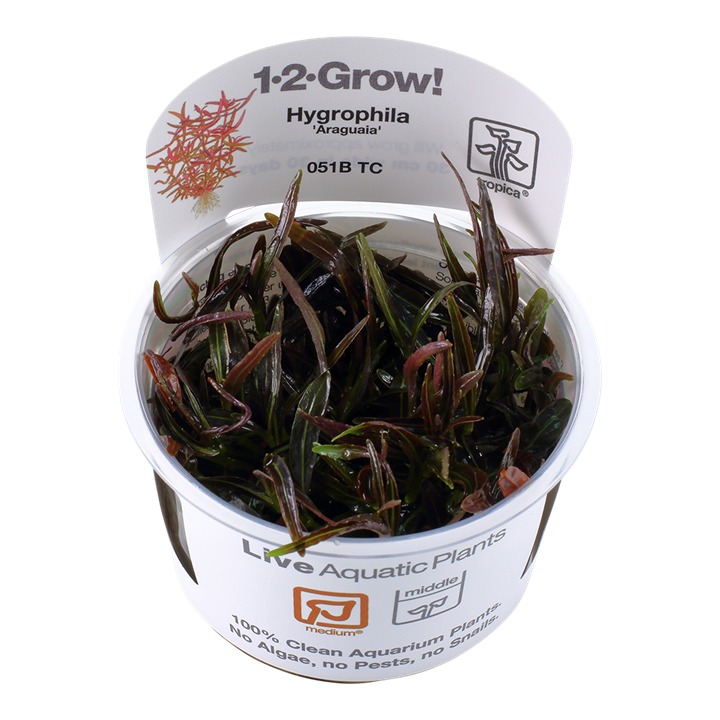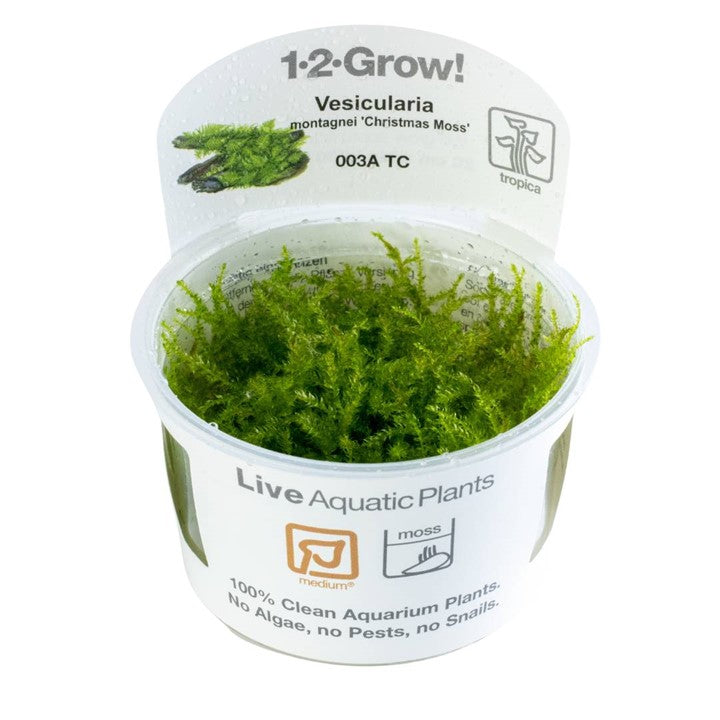
Best Carpeting Plants for Aquascaping Your Freshwater Aquarium

Best Carpeting Plants for Aquascaping Your Freshwater Aquarium
If you're looking to create a stunning aquascape that mimics natural underwater meadows, aquarium carpeting plants are the key. These low-growing aquatic plants spread across the substrate to form a lush, green "carpet" that brings your tank to life and provides a natural environment for your fish and invertebrates.

Image of Glossostigma carpeting plant in the ADA Gallery, photo taken by Horizon Aquatics
What Are Carpeting Plants?
Carpeting plants are species that grow horizontally rather than vertically, covering the substrate with dense, compact foliage. They’re popular in aquascaping especially in Iwagumi layouts, due to their aesthetic appeal and their role in supporting a healthy tank environment by absorbing excess nutrients and preventing algae growth.
Benefits of Carpeting Plants
-
Natural look: Gives your tank a beautiful, lush appearance.
-
Shelter: Offers hiding places for shrimp and fry.
-
Water quality: Helps stabilise water chemistry by reducing nitrates.
-
Algae prevention: Competes with algae for nutrients.
Popular Types of Aquarium Carpeting Plants
Here are some of the top choices for aquarists, whether you’re a beginner or a seasoned pro:
1. Dwarf Hairgrass (Eleocharis Pusilla)
-
Light needs: Medium to high
-
CO₂ requirement: Beneficial, but not essential
-
Growth: Fast
-
Notes: Ideal for beginners; spreads via runners.
2. Monte Carlo (Micranthemum tweediei)
-
Light needs: Medium to high
-
CO₂ requirement: Recommended
-
Growth: Moderate to fast
-
Notes: Easier alternative to dwarf baby tears with similar aesthetics.
3. HC Cuba (Hemianthus callitrichoides)
-
Light needs: High
-
CO₂ requirement: High
-
Growth: Slow
-
Notes: Beautiful but demanding; ideal for high-tech tanks.
4. Glossostigma elatinoides
-
Light needs: High
-
CO₂ requirement: High
-
Growth: Fast
-
Notes: Known for forming a thick, low-growing carpet in nutrient-rich environments.
5. Lilaeopsis brasiliensis (Brazilian Micro Sword)
-
Light needs: Low- Medium
-
CO₂ requirement: Optional
-
Growth: Moderate
-
Notes: Resembles tiny grass blades; creates a grassy lawn effect with minimal care.

HC Cuba Carpet mix with Staurogyne Repens in the Horizon Aquatics Gallery
Tips for Growing Carpet Plants Successfully
-
Choose the Right Substrate
Nutrient-rich substrates like ADA Aqua Soil or Oase Scaperline Soil provide the best foundation for rooting and growth. -
Lighting Matters
Most carpeting plants need strong lighting to thrive and spread. Aim for around 8 hours of light daily using full-spectrum LEDs. -
CO₂ and Fertilisation
Many carpeting plants grow faster and healthier with injected CO₂ and regular dosing of liquid fertilisers or root tabs. -
Planting Techniques
Plant in small clumps spaced apart to encourage horizontal spreading. Tweezers help with precision and minimise root damage. -
Trimming and Maintenance
Regular trimming encourages denser growth and prevents the carpet from overshadowing itself or rotting.
Common Problems (and Solutions)
-
Melting leaves after planting: Normal plant adjustment; give it time and ensure stable water parameters.
-
Algae on new growth: Reduce light intensity/duration and check nutrient balance.
-
Slow spreading: Boost CO₂ and improve lighting; check for nutrient deficiencies.
Final Thoughts
Aquarium carpeting plants transform your tank into a vibrant aquatic landscape. Whether you're building a nature-style aquascape or just want a touch of greenery underfoot, there's a carpeting plant suited to your setup. With the right care and environment, your planted tank will thrive, offering beauty and biological balance for months and years to come.

Eleocharis Pusilla Carpeting Plant, Photo taken by Rachael Ellis from Horizon Aquatics
Frequently Asked Questions (Q&A)
Q: Do all carpeting plants need CO₂ injection?
A: Not all of them—but many do benefit from it. Plants like HC Cuba really do need CO2 whereas plants like the slightly larger version of the dwarf hair grass, Eleocharis acicularis can do well in a low tech non CO2 injected aquarium.
Q: How long does it take for carpet plants to grow in?
A: It depends on the species and tank conditions. With optimal lighting, correct nutrients, and CO₂, fast growers like Glossostigma or Dwarf Hairgrass can begin carpeting in 4–6 weeks. Slower plants or low-tech setups may take longer to fully carpet.
Q: Can carpeting plants grow in gravel?
A: Whilst it is possible, it’s not ideal. Most carpeting plants root better in fine-grain, nutrient-rich substrates. If you’re using gravel, consider supplementing with root tabs or using a soil-based substrate underneath the gravel. You could even opt for creating a carpet with moss by attaching it to small stones and allowing it to spread over the gravel.
Q: How do I stop algae from taking over my carpet?
A: Algae often results from imbalance—too much light, excess nutrients, or poor flow. Ensure a proper light cycle (approx 8 hours), dose fertilisers appropriately, maintain good water flow, proper maintenance and consider introducing algae-eaters like Amano shrimp or Otocinclus catfish.
Q: What’s the easiest carpeting plant for beginners?
A: Whilst a lot of people manage to grow Monte Carlo without Co2 injection, the easiest plant we find is actually Lilaeopsis brasiliensis, its an easy category plant, however it is a bit of a slow grower, you also don't need to trim this plant, if bit's look old an unsightly you can just pull small clumps out.


